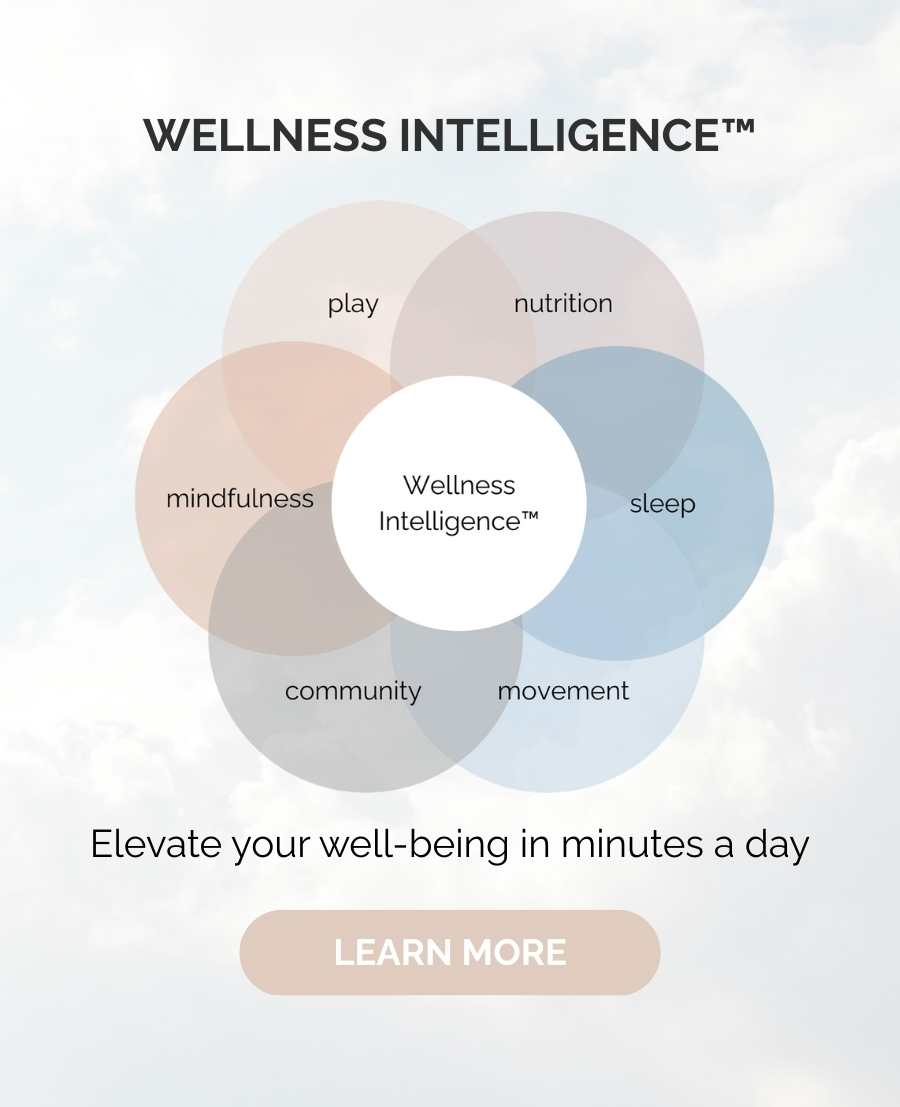Sandwiches are a convenient meal option, and whether you like making them at home, or purchasing them on the go, you’re likely wondering if sandwiches are healthy.
In the most basic sense, yes sandwiches can absolutely be a healthy choice. However, not all sandwiches are created equal. A sandwich can quickly become a less nutritious choice based on what’s included from the inside out.
Here are key things to know, tips about how to build a balanced sandwich, and insights about some of the most popular sandwich choices you likely enjoy on a regular basis.
How to Know if a Sandwich is Healthy
With the endless options and varieties of sandwiches, it can be difficult to know if you’re making a “healthy” choice. Paying attention to the type of meat or protein, the amount of added sugar in the bread and condiments, and the portion size, can guide you towards making a nutritious choice.
In addition to these elements, there are a few other components to pay attention to that will help guide your decision. Everything ties back to the ingredients chosen!
How to Build a Balanced Sandwich
Creating a balanced sandwich doesn’t have to be complicated. And whether it’s homemade or store-bought, you can utilize these principles. Here are six main components of the healthiest sandwiches to eat, and a few examples of ingredients for each:
- Whole grain bread: ideally with at least 3 g of protein and 3 g fiber per slice (gluten-free options are now available)
- Protein source: turkey, chicken breast, tofu, beans, salmon, tuna, egg
- Veggie/Fruit: leafy greens, onion, cucumber, tomato, bell pepper, blueberries, banana, strawberries
- Spread or other flavor enhancement: healthy spreads, vinegar, no-added sugar jam/jelly
- Healthy fat source: avocado, hummus, olive oil, nut or seed butter
- Herbs and spices (optional): ground black pepper, Italian seasoning, cilantro, dill, chives, parsley
What are the Benefits of Eating Sandwiches?
Sandwiches are a filling, complete meal that are easily adjustable to your calorie needs. When you construct a sandwich with the key ingredients above, there are many potential health benefits.
The complex carbohydrates, B vitamins and fiber from the whole grains can provide fuel, help with energy metabolism, and promote gut health. Lean protein choices can help with body composition goals and hunger control. And healthy fats help with blood sugar control and promote heart health.
Then the plant compounds from fruits, veggies, herbs, or spices top it off with their powerful anti-inflammatory properties. They also contribute fiber and wide range of vitamins and minerals.
Common Questions About Popular Sandwiches
Do you have a certain sandwich you could happily eat every day, but wonder if it’s a nutritious choice? Here are some common options, and my registered dietitian insights for each.
1. Are peanut butter and jelly sandwiches healthy?
I sure hope so… they are one of my favorite sandwich options! Overall, PB&Js can be a great choice depending on the ingredients you choose.
When choosing a whole grain bread, “3” is a number to keep in mind:
- At least 3 grams of fiber
- At least 3 grams of protein per slice for staying power.
- 3 grams or fewer of added sugar
Next is to go for an all-natural peanut butter (or similar alternative, such as almond butter or sunflower butter). Choose peanut butter with minimal ingredients such as one that only lists peanut butter, or peanut butter and sea salt as the ingredients.
And last but not least, the jam or jelly. These can be a hidden source of added sugar as well, so find an option that is 100% fruit with no addd sugar.

2. Are turkey sandwiches healthy? What about other lunch meats?
Turkey is a great lean protein choice for sandwiches, and it’s hard to beat the convenience of this high-protein option. Not all turkey is created equal though, so if possible, choose freshly sliced over packaged lunch meats. If you don’t have fresh deli meat as an option, take a look at the ingredients before making your choice.
Some options sneak in a lot of sodium or preservatives such as nitrates to keep the sandwich meat “fresh” for a longer amount of time. So choosing low-sodium or nitrate-free is best.
Other healthy lunch meats include lean options such as chicken breast and lean ham, which have low amounts of saturated fat.
3. Are tuna sandwiches healthy?
Tuna is another great high protein sandwich option. Just make sure to pay attention to the additions to the tuna salad since many use high amounts of mayonnaise, and some may even add sugar.
Mixing tuna with nonfat plain Greek yogurt and mustard is a lower calorie option that still packs in a lot of flavor. Then add in some herbs, veggies, and fruit, such as parsley or dill, celery, cucumber, apple or raisins.
Tuna contains omega-3s that are beneficial to your heart and eye health. It also provides B vitamins, Vitamins A and D, iron, selenium, and more. Just one 3-ounce serving of tuna meets 50% of your daily Vitamin D needs, a nutrient important for bone health, memory, and immune support.
Curious about more reasons to add seafood? Check out this article about more benefits.
4. Are egg sandwiches healthy?
Eggs are a nutrient-rich protein source, providing easily digestible protein that contains all of the essential amino acids. Egg yolks also contain powerful antioxidants (called zeaxanthin and lutein), which can help prevent macular degeneration.
Eggs also provide an array of nutrients including Vitamin D, choline, selenium. Most of these nutrients are found in the egg yolk, so I recommend including at least one full egg in your sandwich.
Similar to tuna salad, it is best to pay attention to what is added to the egg salad. Alternatively, to make a healthy egg sandwich like a breakfast sandwich, choose other nutrient-packed ingredients such as spinach, tomato, fresh sliced turkey, avocado, and a low-fat cheese.
5. Are vegan sandwiches healthy?
Vegan sandwiches can be healthy options, and usually offer the additional benefit of a mix of vegetables. The key is to make sure that you include a protein source—whether that is a meat-substitute product and/or beans or tofu. Aim for at least 15 grams of protein per sandwich, and add on a lot of veggies for flavor and nutrients.
Avocado is a popular choice for healthy fat, and hummus almost always rounds out the flavor while providing some additional healthy fat.

Take Home Thoughts for Sandwiches
Sandwiches can be a healthy, convenient, and satisfying meal option when you choose nutrient-rich ingredients. As with all meals, making sure your sandwich has a good balance of protein, fiber, and healthy fats for sustained energy. Use these guidelines to be confident in your choices at home or when you’re at your favorite cafe.
If you’re looking for a flavorful and nutritious option to make at home, try this Grilled Chicken Sandwich with Spicy Mayo.






